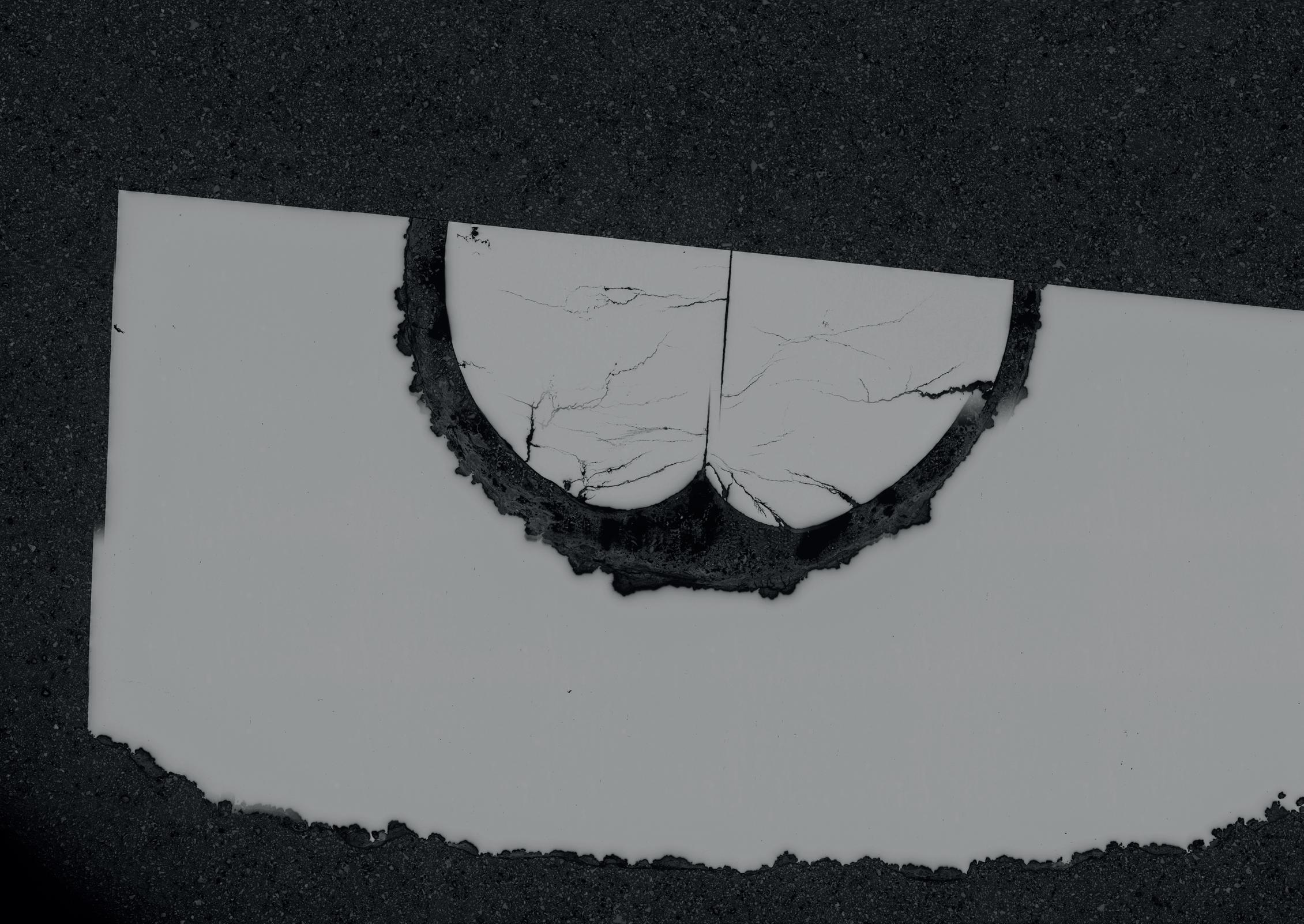
4 minute read
Serving as technical support lab to production plants
Annick Willems & Veerle Van Lierde
OCAS’s team provides technical support to several production plants and logically also to the proximity steel plant of Ghent. Through these support activities, plants have access to all of the lab’s competencies and specialised test equipment.
FROM WELDABILITY…
For processing reasons, coils are temporarily seam-welded at the entrance of continuous production facilities, such as annealing or galvanising. However, today’s ultrahigh-strength steel coils are increasingly difficult to weld, and any weld failure in such an installation causes standstills and delays. So, OCAS helped in evaluating and inspecting these seam welds, as well as in advising optimal parameter settings for the welding installations.
TO GALVANISING ISSUES
When galvanising lines expand their production of pure zinc coatings to some other metallic coatings – such as Magnelis® , Galfan® and Optigal® – the impact of these coatings on the process and on product properties needs attention. Therefore, OCAS was involved in following up contamination of the quench tank water, composition checks of the metallic bath, evaluating coating flexibility, microstructural checks, corrosion performance, and so on. Moreover, OCAS helped with the development of quality evaluation methods that can be applied along the production lines.
FIT-FOR-USE
Within our technical support services that we provide to nearby production plants, our industrial asset reliability activities consist mainly of: — Fit-for-use evaluation: Advice on material selection for new equipment, or acceptance check for delivered (or printed) components — Failure analysis of broken components: why did it fail? how can it be repaired? what are the attention points when replacing or repairing the component? how can failure be avoided in the future? etc.
Very often, failure is caused by a combination of different damage mechanisms, such as corrosion, fatigue, overloading, wear, etc. Therefore, our recommended solution must take these various mechanisms into account.
CASE: HOT STRIP MILL DRIVE SHAFT
The root cause analysis of a crack, which appeared in a component linked to the drive shaft of the hot strip mill, allowed us to conclude that the crack was formed due to fatigue loading on a surface roughened by pitting corrosion. Its protective paint layer did not withstand the severe operating conditions near the hot strip mill, and the chloride containing cooling water accelerated the damage. In the subsequent discussions about the failed component with the plant and its supplier, we explained the failure mode and supported the selection of an improved solution by using a more durable corrosion-resistant metallic coating. In order not to weaken the underlying carbon steel, keeping the risks of fatigue in mind, low heat-input cladding techniques were advised. Demonstration samples of the proposed solution with metallic coating were produced, and OCAS evaluated them regarding the quality of the interface between coating and substrate. Microstructural and hardness changes at the steel surface were compared to the bulk steel properties. Significant differences in hardness between the metallic coating and the underlying steel, as well as between the surface and the bulk of the steel, would result in stress concentrations and accelerate fatigue failure. Finally, based on this study, the most promising solution was implemented, and the components were put back into operation in the hot strip mill.
A continuously growing part of the services we provide to neighbouring plants is linked to the reliability of their assets: — When a component of a machine or installation fails, OCAS is called on to investigate the fracture and determine the root cause. Based on the outcome, we then advise how to repair or replace the broken component. Due to poor material selection, in combination with an unadjusted welding procedure, a wheel broke off from a skip car axle, causing thousands of tons of production loss. These skip cars top load the blast furnaces. After determining the root cause of this failure, OCAS offered specialised welding advice on how to repair the existing car and selected a more suitable material for future skip cars. — When a new component needs to be purchased, OCAS is often asked to evaluate the quality of the proposed supplier solutions. For the lifetime evaluation of electro-galvanising anode coatings from various suppliers, OCAS designed and implemented a test set-up to evaluate on lab-scale, via an accelerated test, the various anodes and ranked different suppliers regarding anode lifetime performance. When needed, OCAS can also be included in discussions with the supplier’s material specialists.
TRAINING ON FAILURE MECHANISMS
These reliability studies are continuously enriching the practical case studies used in our training programme on failure mechanisms in industrial circumstances. The training primarily focuses on failure mechanisms of metal components in the fields of corrosion, fatigue and wear.
Our reliability studies are used to enrich our training programme on failure mechanisms.

Annick Dhont & Nico De Wispelaere

